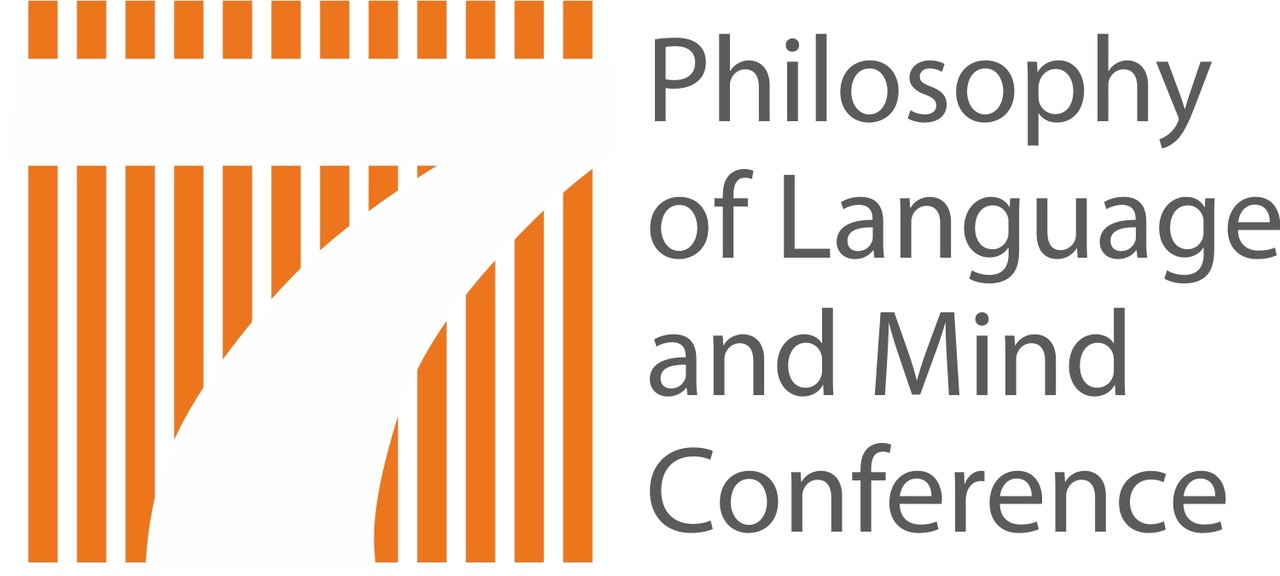§ 0.
What does it take to understand oneself? I argue that it involves grasping coherence-making relations between constituents of a body of information about oneself. As such, self-understanding is best characterized as a kind of holistic understanding of a subject domain, often called objectual understanding. What is special about self-understanding is the domain — oneself. This characterization enables us to explain what it means to deepen one’s self-understanding and why self-understanding can neither be reduced to self-knowledge nor self-narrative.
The paper is divided into three parts.
§ 1.
I start by analyzing which of the kinds of understanding commonly discussed in contemporary epistemology fits best for an account of self-understanding. After rejecting the views that self-understanding is a kind of understanding-that, understanding-why, or understanding-how, I argue that we should characterize self-understanding as a kind of objectual understanding (for influential accounts of objectual understanding see, e.g., Kvanvig, 2003; Riggs, 2003, 2009; Grimm, 2011; Elgin, 2017). To wit, self-understanding is more like understanding marine biology than understanding why humpback whales migrate annually or how to stimulate coral reef restoration.
Given that objectual understanding is commonly characterized as consisting of grasping relations between constituents of a body of information, characterizing objectual understanding of any subject matter — oneself not being an exception — requires answering two questions: “What do we mean by grasping?” and “What is the relevant information?”
To answer the first question, I follow many contemporary epistemologists in claiming that grasping is a type of ability or a set of abilities (e.g., Wilkinfeld, 2013; Hills, 2016; Elgin, 2017). On my account, understanding oneself essentially involves possession of an ability (or a set of abilities) to represent and manipulate a body of information about oneself.
But what is the relevant information? Here, I appeal to the psychological notion of “self-concept,” understood as “a mental representation…what we bring to mind when we think about ourselves” (Neisser, 1997, p. 3), and argue that self-understanding is grasping coherence-making relations between constituents of one’s self-concept.
§ 2.
The view outlined above allows us to offer a fine-grained account of what it means to deepen one’s self-understanding and explain why self-understanding is not reducible to self-knowledge.
Almost all we do, from simply living our lives and letting things happen to us, through reading novels and engaging with art, to interacting with other people including our friends and therapists, may lead to deepening our self-understanding. I argue that it happens along three main dimensions. We can increase: (1) the richness of our self-understanding by increasing the amount and scope of information we possess about ourselves; (2) factivity by increasing the truths-to-falsehood ratio in the body of information, and (3) coherence by recognizing more connections between the pieces of information we have about ourselves.
Bits of self-knowledge contribute to the body of information whose grasping constitutes self-understanding. Therefore, knowing more about oneself typically results in deeper (richer and more factive) self-understanding. At the same time, self-understanding has important features that distinguish it from knowledge. It is compatible with having at least some false information about oneself and essentially consists of an ability to grasp coherence making relations between relevant pieces of information. Moreover, we typically do not consider knowledge to be gradable.
Given that non-factivity (e.g., Riggs, 2009; Elgin, 2017), gradeability (e.g., Zagzebski, 2001; Kvanvig, 2003; Riggs, 2003; Pritchard, 2009), and the essential role of grasping (Kvanvig, 2003; Riggs, 2003; Grimm, 2014; Elgin, 2017) are usually enumerated as what makes objectual understanding irreducible to knowledge, I conclude that self-understanding is irreducible to self-knowledge.
§ 3.
In the last part of the paper, I argue that while building a self-narrative is a way of developing self-understanding, it is not the only way.
Narratives afford (some level of) understanding of their protagonists by establishing coherence-making relations between their life events; the protagonist of a self-narrative is oneself; thus, a self-narrative can afford (some level of) self-understanding.
Nevertheless, as argued, by Strawson (2004), many people think about themselves in a predominantly episodic fashion, in which case “one does not figure oneself, considered as a self, as something that was there in the (further) past and will be there in the (further) future” (2004, p. 430). The view I defend enables us to explain why both predominantly episodic and predominantly diachronic individuals can attain a certain level of self-understanding and further deepen it. To understand oneself is to grasp coherence making relations between constituents of a body of information about oneself. Predominantly diachronic individuals tend to do it through self-narrative; while predominantly episodic individuals are less inclined to use this particular tool.
In short, there are more ways of grasping relations between elements of self-concept than just by putting them into a narrative. Thus, not all self-understanding is narrative self-understanding.
References
Elgin, C. Z. (2017). True Enough. Cambridge, MA: MIT Press.
Grimm, S. (2011). Understanding. In D. Pritchard & S. Bernecker (Eds.), The Routledge Companion to Epistemology. Routledge.
Grimm, S. (2014). Understanding as knowledge of causes. In Virtue epistemology naturalized (pp. 329–345). Springer.
Hills, A. (2016). Understanding Why. Noûs, 50(4), 661–688.
Kvanvig, J. (2003). The Value of Knowledge and the Pursuit of Understanding. Cambridge University Press.
Neisser, U. (1997). Concepts and self-concepts. In U. Neisser & D. A. Jopling (Eds.), The conceptual self in context: Culture, experience, self-understanding (pp. 3–12). Cambridge University Press.
Pritchard, D. (2009). Knowledge, Understanding and Epistemic Value. Royal Institute of Philosophy Supplement, 64, 19–43
Riggs, W. D. (2003). Understanding “Virtue” and the Virtue of Understanding. In M. DePaul & L. Zagzebski (Eds.), Intellectual Virtue:34 Perspectives From Ethics and Epistemology (pp. 203–226). Oxford: Oxford University Press.
Riggs, W. D. (2009). Understanding, Knowledge, and the Meno Requirement. In A. Haddock, A. Millar, & D. Pritchard (Eds.), Epistemic Value. Oxford: Oxford University Press.
Strawson, G. (2004). Against Narrativity. Ratio, 17(4), 428–452. https://doi.org/10.1111/j.1467-9329.2004.00264.x
Wilkenfeld, D. A. (2013). Understanding as representation manipulability. Synthese, 190(6), 997–1016. https://doi.org/10.1007/s11229-011-0055-x
Zagzebski, L. (2001). Recovering Understanding. In M. Steup (Ed.), Knowledge, Truth, and Duty: Essays on Epistemic Justification, Responsibility, and Virtue. Oxford University Press.
